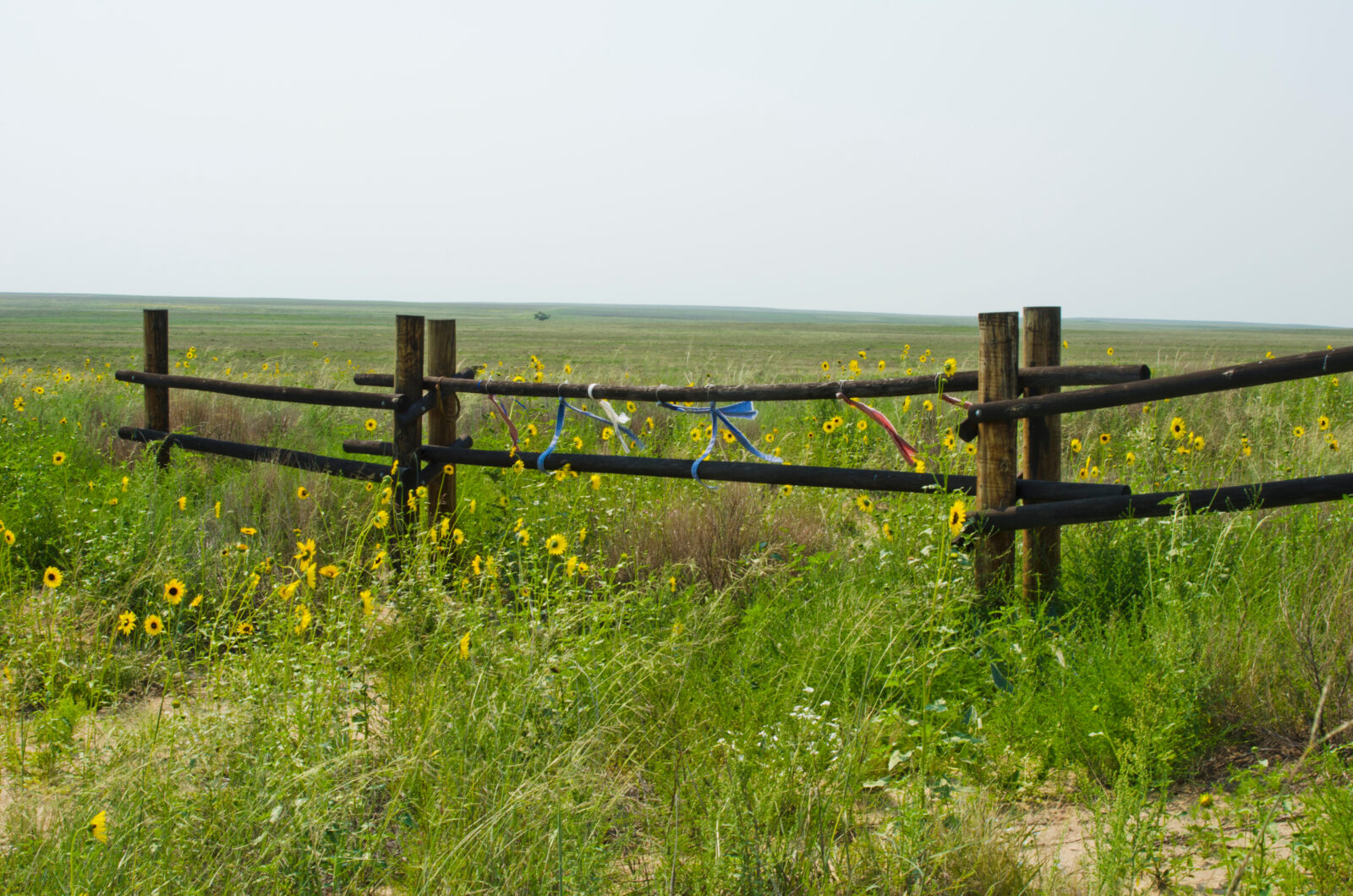Many on the left cite housing prices as the main factor in homelessness. They often underestimate the role of addiction, mental illness, and domestic violence. But in prioritizing structural causes above personal ones, and calling for government-paid construction of low-cost housing, they also tend to overlook the result of government destruction of habitats.
Most students learn about “The Trail of Tears,” the well-known forcing of Native Americans to move to reservations west of the Mississippi River. Some also learn about the massacre of Great Plains buffalo herds not for meat or even hides, but to destroy the environment in which Native Americans could live and thrive: For more on that, see Emanuel Kreike’s book Scorched Earth (Princeton University Press, 2021).
Kreike’s book got me thinking about the destruction of the environment for semi-homeless and very poor people that Howard Husock describes in The Poor Side of Town (Encounter, 2021). For example, in the 1950s some among the poor lived in SROs, single-room occupancy homes that were shabby but private. That era’s urban renewal has been called “Negro removal,” but at times it was more classist than racist: Many former SRO inhabitants, white or black, had to choose between living in barracks within homeless shelters or sleeping on the street.
In 1954 governmental arrogance backed by taxpayer dollars opened the Pruitt-Igoe housing project in St. Louis on land that had been the DeSoto-Carr neighborhood, part of the poor side of town. Husock shows that “streets lined with homes and churches were replaced by large, windswept campuses that would become spaces residents feared to cross.” Danger and rapid decay pushed officials to demolish Pruitt-Igoe only 17 years after its opening.
At least in 1971 officials told residents to gather their belongings and get out before the destruction began. That was an improvement over 1864, when U.S. soldiers blew up a village of homeless people with the residents, mainly women and children, still in it.
In August, on my trip to eight homelessness sites of various kinds, I stopped at Sand Creek, Colorado, where about 200 Native Americans who had lost their homes, despite protection on parchment treaties, lost their lives in 1864.
The nineteenth century timeline includes the Treaty of Fort Laramie in 1851: Cheyenne and Arapaho tribal leaders agreed to allow safe passage for trains heading west in exchange for the promise that 75,000 square miles would be theirs. They built villages on that land, but ten years later the Fort Wise Treaty reduced the tribal holdings to less than one-tenth of what the previous treaty had allowed.
Many Cheyenne and Arapaho were homeless. About 700 in October 1864 lived at Sand Creek in southeastern Colorado, on land within the reservation defined in the Camp Wise treaty. About 100 were fighting-age men. The 700 clearly had a right to live there—but on November 29, 1864, about 675 U.S. soldiers moved toward the village.
Chief Black Kettle followed instructions by raising an American flag and a small white flag on a lodgepole. Black Kettle and several other chiefs rode out to assure the approaching cavalrymen that they and their followers were peaceful. Nevertheless, Colonel John Chivington, commander of the Third Colorado Cavalry, told his troops to attack and take no prisoners.
The First Colorado Cavalry refused to take part in the massacre. Its commander, Captain Silas Soule, told the overall commander, General Edward Wynkoop, that his men had seen Chivington’s forces “butcher and mutilate human beings.” Testimony showed that soldiers had shot women and children point-blank and fired howitzer shells into groups trying to hide. The massacre continued for seven hours as troops took scalps and body parts from their victims.
Chivington and his men at first paraded through the streets of Denver, displaying scalps and other gruesome trophies. Their reputations fell once a Congressional “Joint Committee on the Conduct of the War” said Chivington had “deliberately planned and executed a foul and dastardly massacre…. surprised and murdered, in cold blood, the unsuspecting men, women, and children on Sand Creek.” Chivington received no jail time, but the political career he hoped for was now impossible. He seduced and married his daughter-in-law, who in 1871 divorced him. In August, on the way to the Sand Creek massacre site, I passed through what the map said was the town of Chivington. It includes partly-collapsed buildings and piles of bricks, and will soon return to grassland and prairie.

